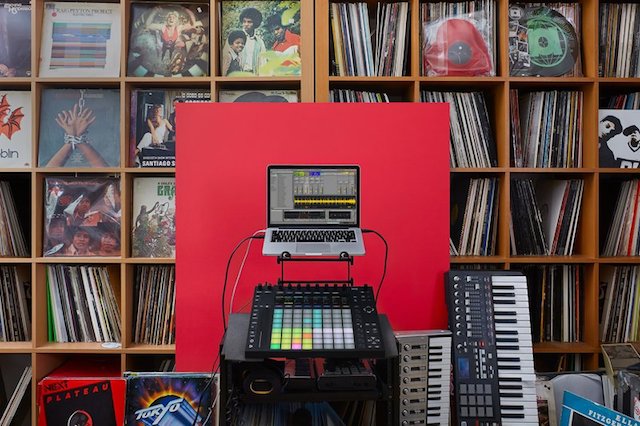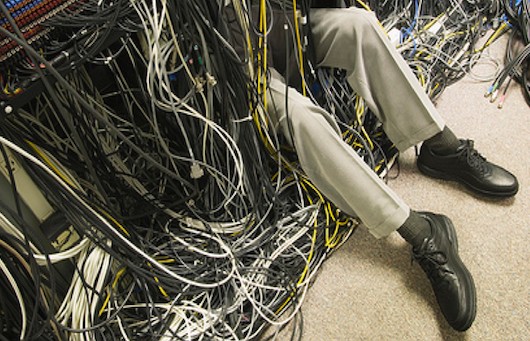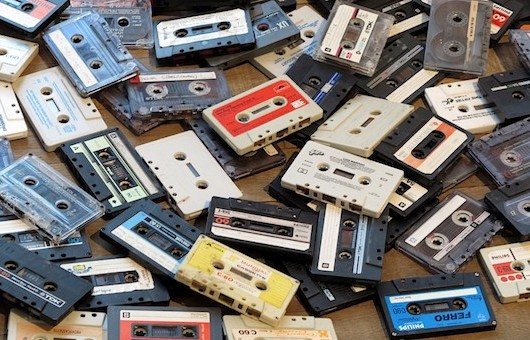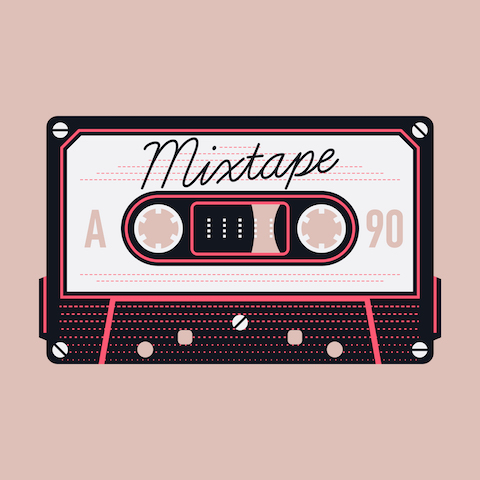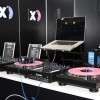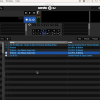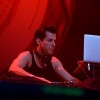How To Universally Tag Your Music
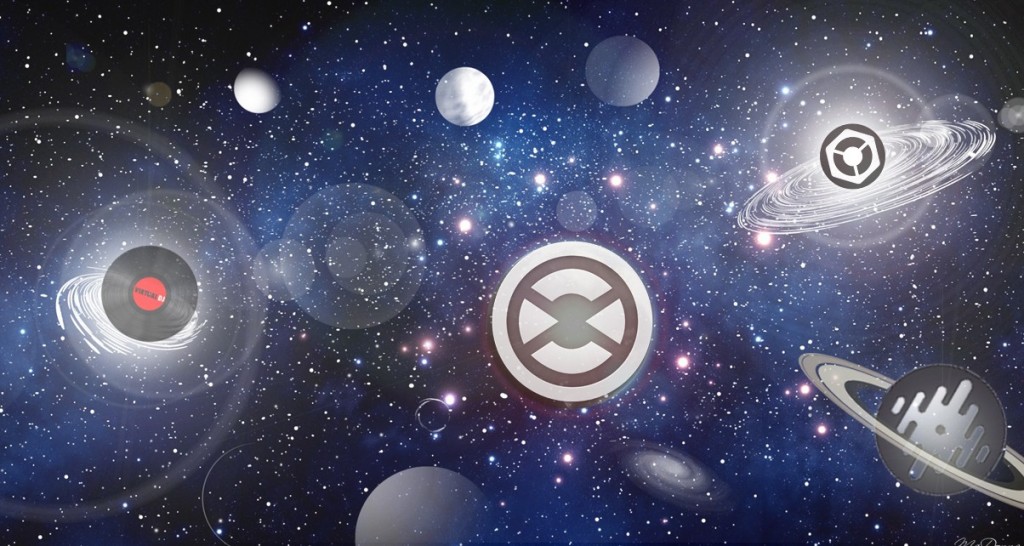
Every job has its version of grunt work. You know, those hours that you spend doing a task that you’d rather not be doing. Sometimes it’s maintenance work, like cleaning your equipment; sometimes it’s making sure your business paperwork is all up-to-date and in order.
There’s one aspect of DJing, though, that takes a whole lot of time, is absolutely necessary, but certainly qualifies as grunt work – that’s tagging your music.
Listening to each track in depth in order to note cues, beatmarkers, musical keys, BPM, and anything else that you feel is relevant to doing your job thoroughly and making sure that gigs go smoothly can literally take hours.
Doing that time-intensive job once is one thing. Most of us can deal with that. But what if you have to do it for your Serato set-up and for the CDJs that you’ll encounter at the gig? Suddenly, DJs find themselves having to go through all those steps over again for each type of software.
It would be wonderful if all of these different software developers could actually collaborate enough to make their products compatible. The fact that they’re often not compatible forces DJs to create multiple music libraries.
I came across three methods courtesy of Digital DJ Tips meant to simplify that process. Check them out here.

